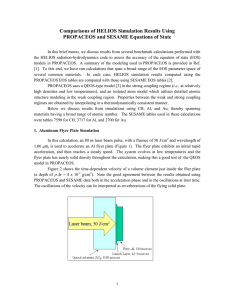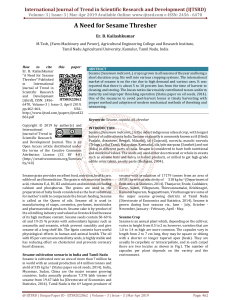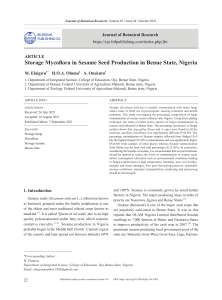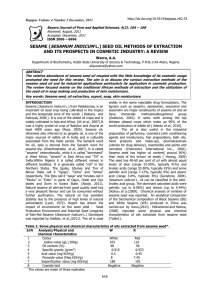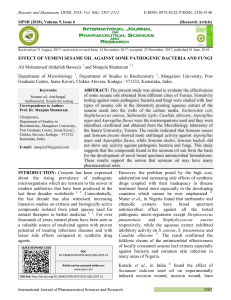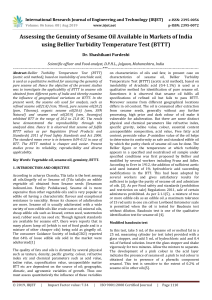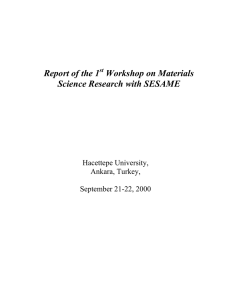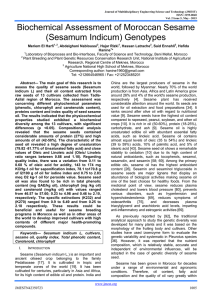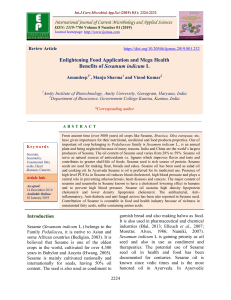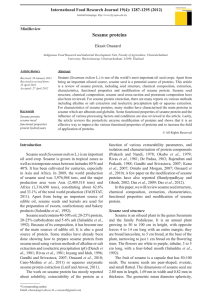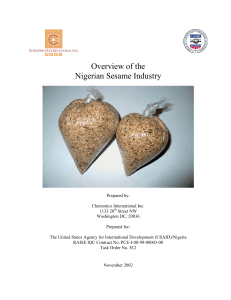Wrobbel, E. Duff; DeGarmo, Denise - Sesame Street Tackles the Environment. A Puppet Show
advertisement
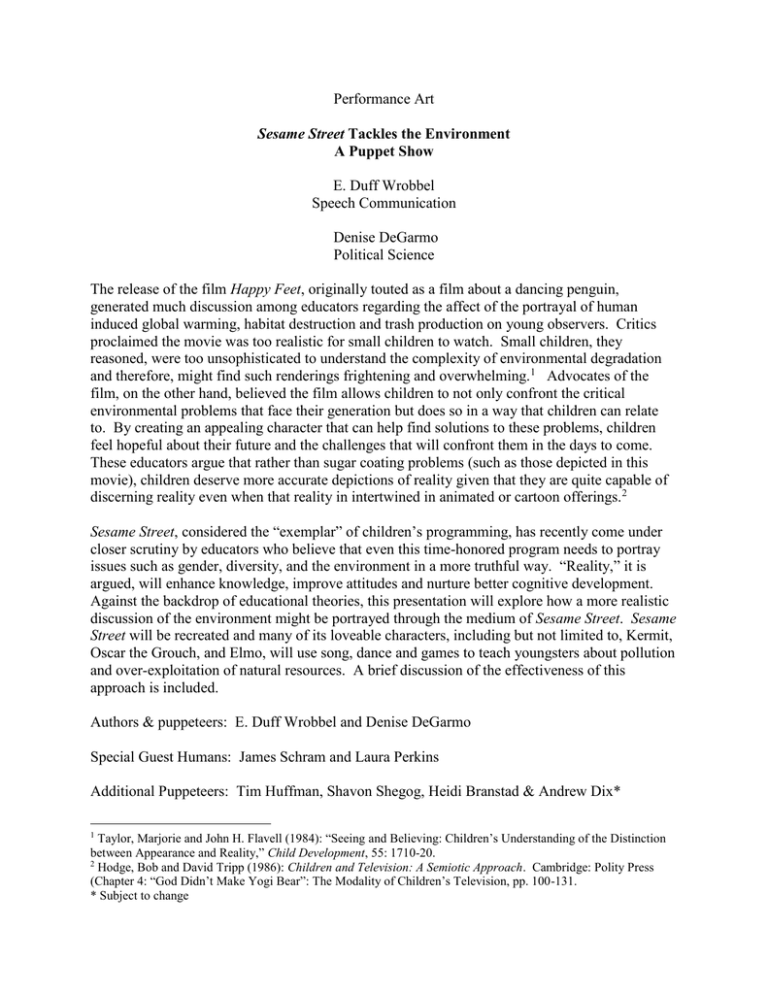
Performance Art Sesame Street Tackles the Environment A Puppet Show E. Duff Wrobbel Speech Communication Denise DeGarmo Political Science The release of the film Happy Feet, originally touted as a film about a dancing penguin, generated much discussion among educators regarding the affect of the portrayal of human induced global warming, habitat destruction and trash production on young observers. Critics proclaimed the movie was too realistic for small children to watch. Small children, they reasoned, were too unsophisticated to understand the complexity of environmental degradation and therefore, might find such renderings frightening and overwhelming.1 Advocates of the film, on the other hand, believed the film allows children to not only confront the critical environmental problems that face their generation but does so in a way that children can relate to. By creating an appealing character that can help find solutions to these problems, children feel hopeful about their future and the challenges that will confront them in the days to come. These educators argue that rather than sugar coating problems (such as those depicted in this movie), children deserve more accurate depictions of reality given that they are quite capable of discerning reality even when that reality in intertwined in animated or cartoon offerings. 2 Sesame Street, considered the “exemplar” of children’s programming, has recently come under closer scrutiny by educators who believe that even this time-honored program needs to portray issues such as gender, diversity, and the environment in a more truthful way. “Reality,” it is argued, will enhance knowledge, improve attitudes and nurture better cognitive development. Against the backdrop of educational theories, this presentation will explore how a more realistic discussion of the environment might be portrayed through the medium of Sesame Street. Sesame Street will be recreated and many of its loveable characters, including but not limited to, Kermit, Oscar the Grouch, and Elmo, will use song, dance and games to teach youngsters about pollution and over-exploitation of natural resources. A brief discussion of the effectiveness of this approach is included. Authors & puppeteers: E. Duff Wrobbel and Denise DeGarmo Special Guest Humans: James Schram and Laura Perkins Additional Puppeteers: Tim Huffman, Shavon Shegog, Heidi Branstad & Andrew Dix* Taylor, Marjorie and John H. Flavell (1984): “Seeing and Believing: Children’s Understanding of the Distinction between Appearance and Reality,” Child Development, 55: 1710-20. 2 Hodge, Bob and David Tripp (1986): Children and Television: A Semiotic Approach. Cambridge: Polity Press (Chapter 4: “God Didn’t Make Yogi Bear”: The Modality of Children’s Television, pp. 100-131. * Subject to change 1

